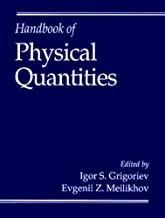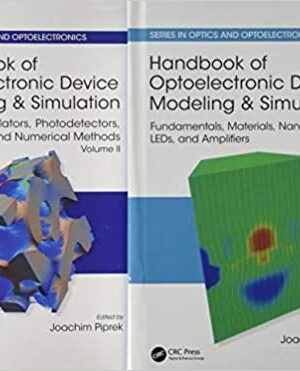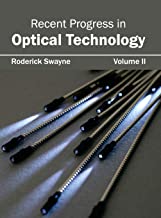The Politics & Perils of Space Exploration: Who Will Compete, Who Will Dominate?
Original price was: ₹2,774.08.₹2,219.26Current price is: ₹2,219.26.
ISBN: 9783319388113
Author/Editor: Dawson
Publisher: Springer
Year: 2017
1 in stock (can be backordered)
Description
Written by a former Aerodynamics Officer on the space shuttle program, this book provides a complete overview of the ?ew?U. S. space program, which has changed considerably over the past 50 years.The future of space exploration has become increasingly dependent on other countries and private enterprise.
Can private enterprise fill NASA’s shoes and provide the same expertise, safety measures and lessons learned?
In order to tell this story, it is important to understand the politics of space as well as the dangers, why it is so difficult to explore and utilize the resources of space. Some past and recent triumphs and failures will be discussed, pointing the way to a successful space policy that includes taking risks but also learning how to mitigate them.






Reviews
There are no reviews yet.